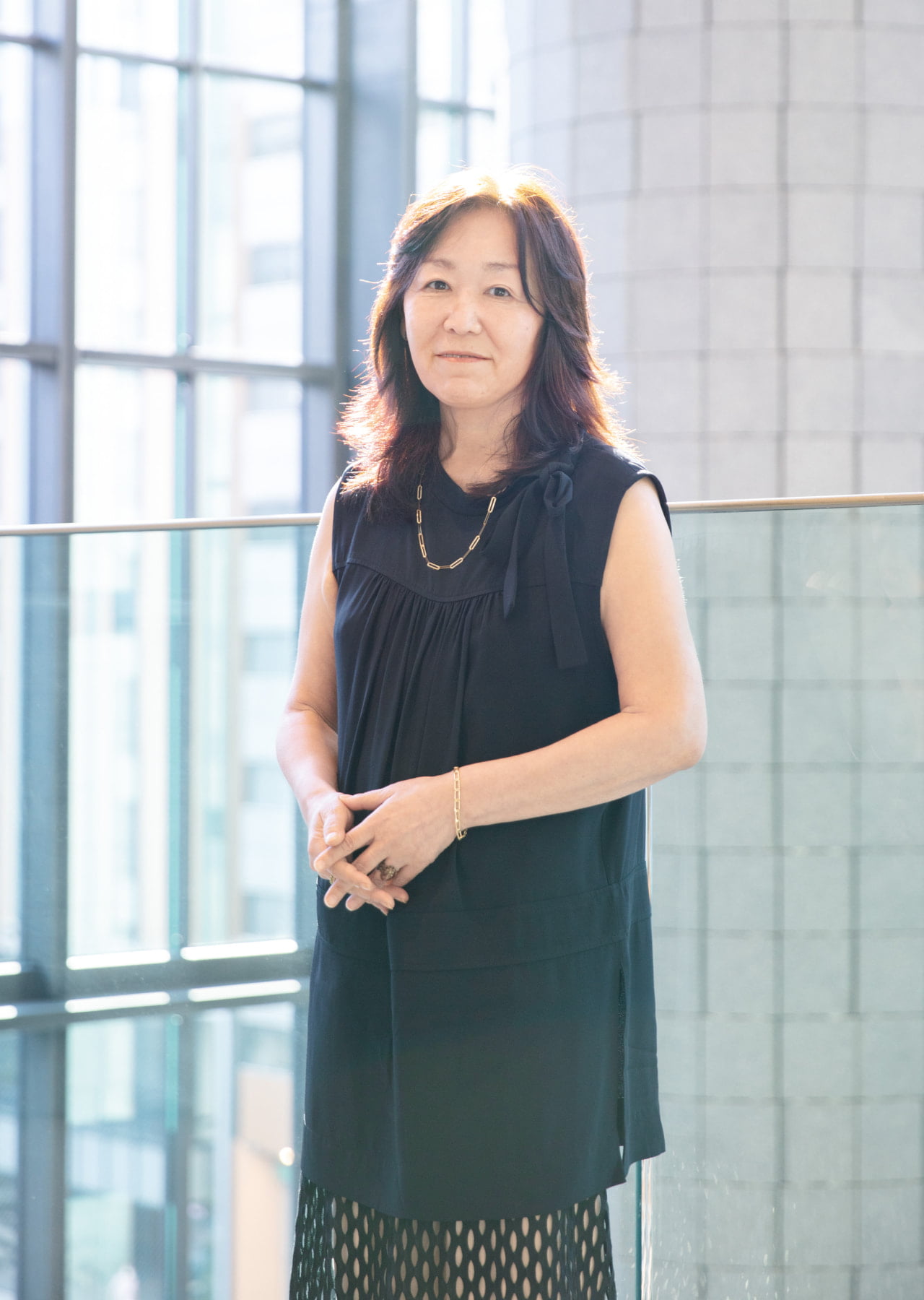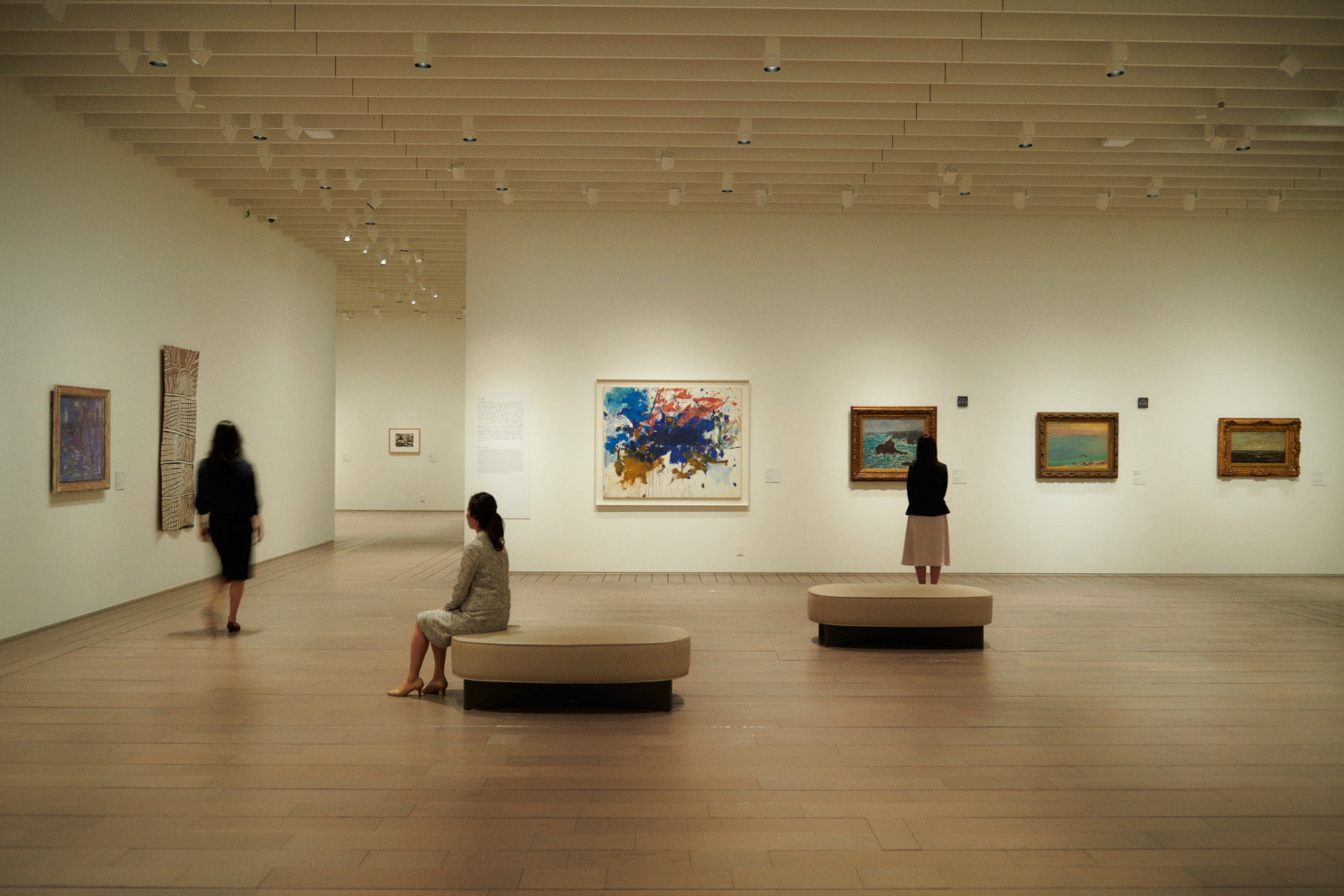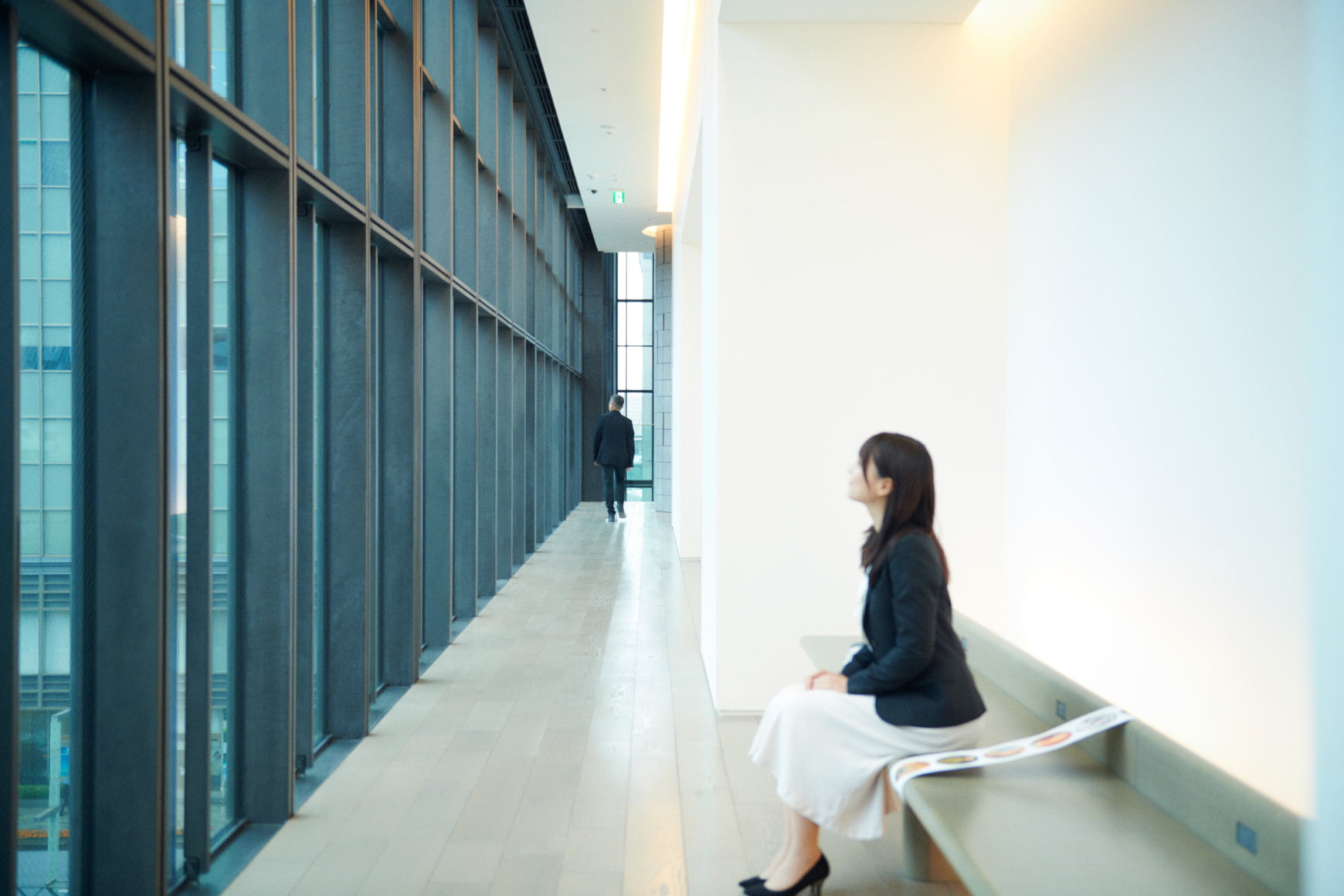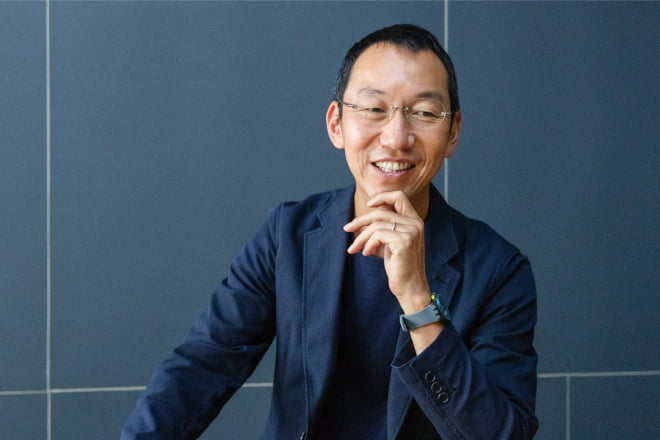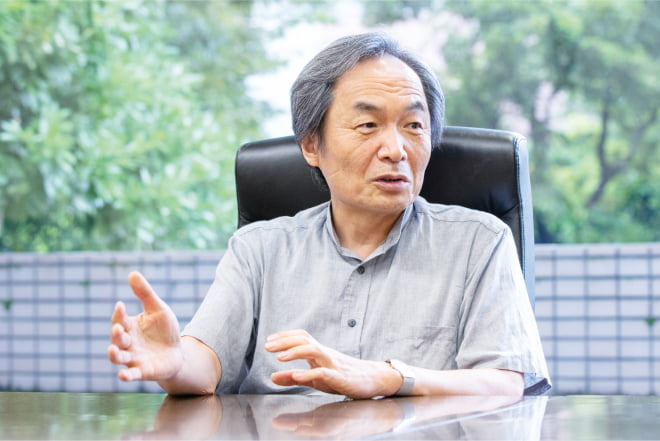Your 2022 exhibition, “Two journeys: Aoki Shigeru and Sakamoto Hanjiro—Commemorating the 140th anniversary of their births” (30th July–16th October 2022), focused on two significant artists of the collection.
Those two painters were both born in Kurume, also the hometown of Shojiro Ishibashi, and became the starting point of the Ishibashi Foundation Collection. Shojiro was a student of Sakamoto, and Shojiro first heard about Aoki, who had died young, from Sakamoto and started collecting his works. Eventually, the collection grew more diverse to cover not only modern western-style paintings from Japan but also Impressionist paintings, ancient art, and more recent works from the 20th century. The Impressionist works, for example, he started adding to his collection to save the pieces from being taken away from Japan after the war.
Later, in 1956, Shojiro founded the Ishibashi Foundation, to which he donated most of his collections in 1961. This formed the base of the Ishibashi Foundation Collection, which continues until this day over generations to add to its inventory.


